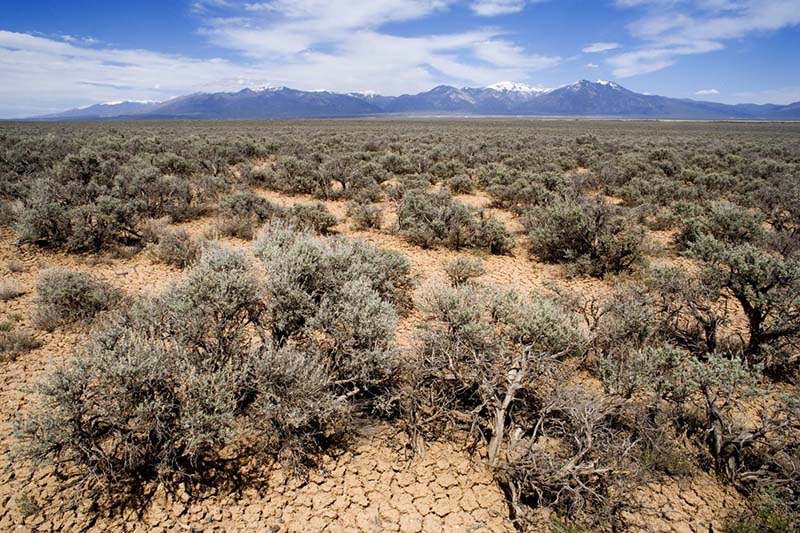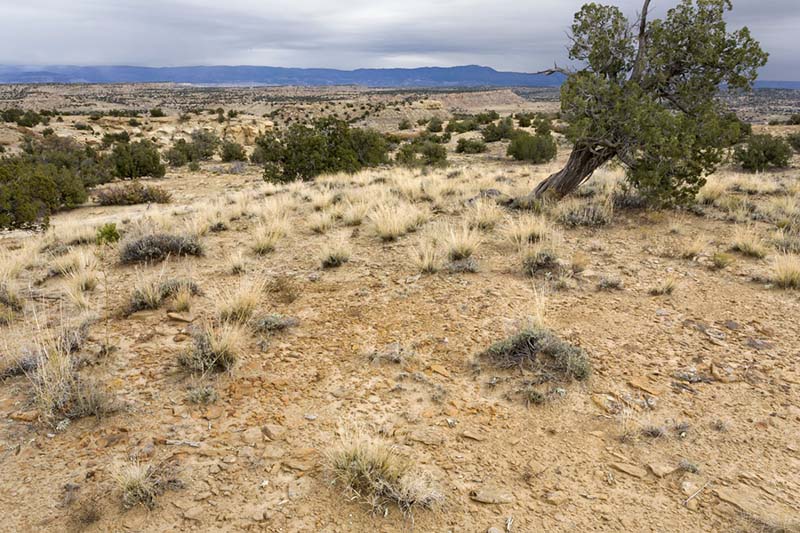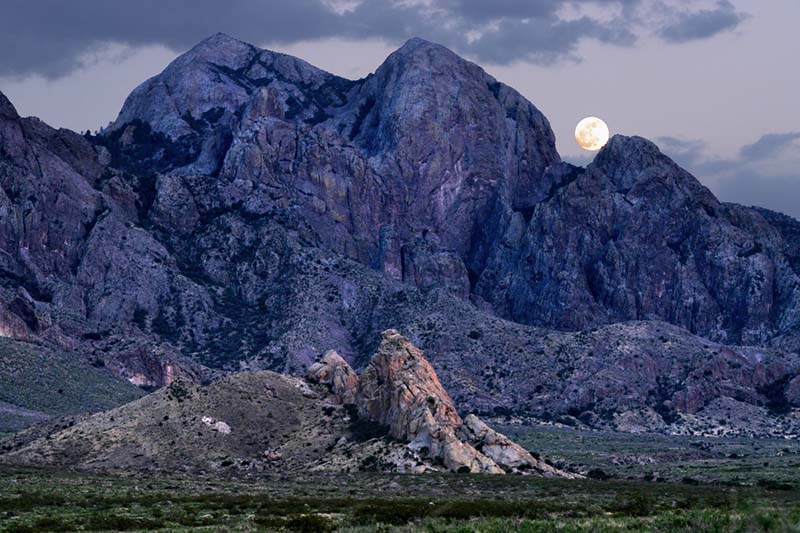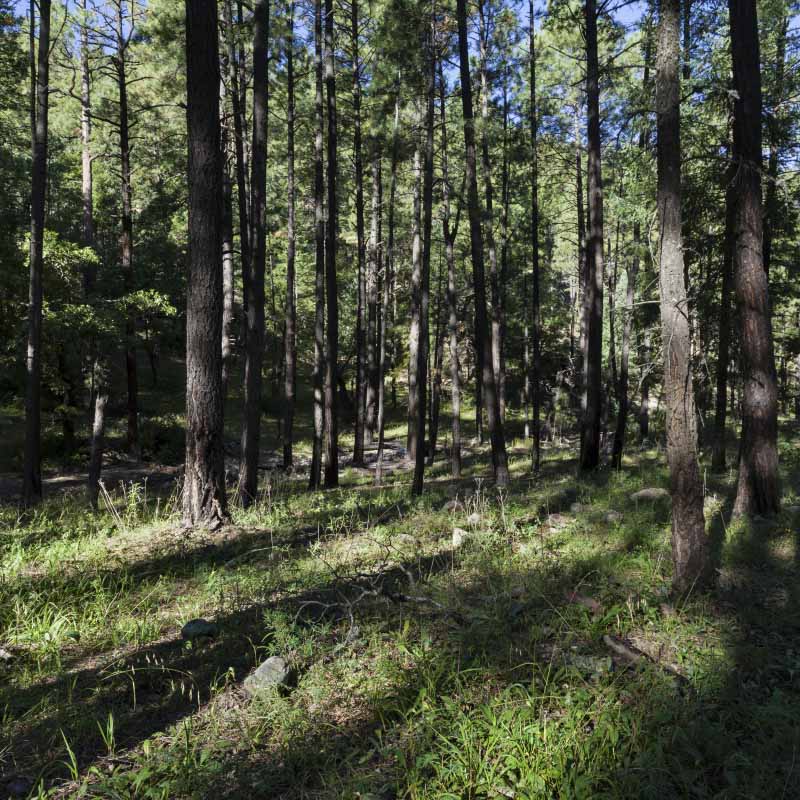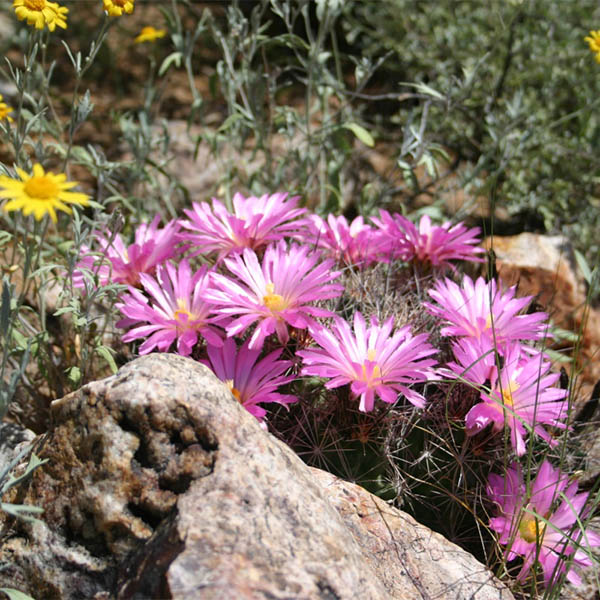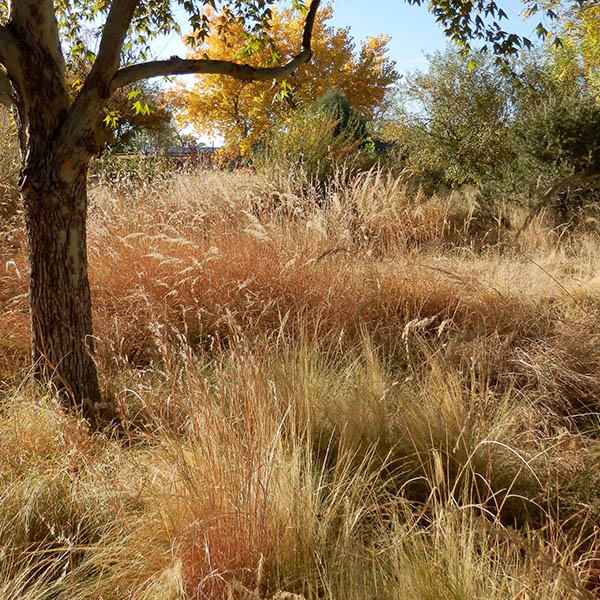New Mexico Native Plants
Vegetation
New Mexico has one of the most diverse landscapes in the US. The topographic and geologic diversity interact with the climatic features of temperature, wind, and precipitation to determine the plant diversity. New Mexico is has the fourth highest plant diversity.
Protection
Some of these unique vegetation communities support plant species that require special protection. Out of New Mexico’s 175 Areas of Critical Environmental Concern, there are currently 17 that address botanical conservation.
What is a Native Plant?
Five floristic regions with different climates and geologic histories contribute to the rich native flora of New Mexico. These are the Northern Chihuahuan Desert, Mogollon/Southern Rocky Mountains, Great Plains, Colorado Plateau, and Apachean regions. The resident plant species that evolved within, or naturally dispersed to, these regions are "native" or "indigenous" species. Other plant species that have been introduced into these regions since Europeans began bringing plants to North America are "alien" or "exotic" species.
Botanists are able to distinguish native from alien plant species with the records of early botanical explorers and by inferences made from geographic distribution, relatedness to other species, and the types of habitats where they occur. Plants with small restricted ranges are obviously native, but several alpine and wetland plants, mosses, and ferns have circumboreal or even cosmopolitan distributions and are native to different continents.
